Estimated reading time: 6 minutes
It’s 3:30am, -8°C / 18°F and all I want to do is lie down and go to sleep. The only reason I'm keeping my feet moving is my guide, Milton's, unceasing encouragement.
I’m trekking up Kilimanjaro in July under the brightest full moon I’ve ever seen. It lights up Mount Matemwe – which lies opposite Kili and is considered far too treacherous to summit - like a humungous chunk of silver in a Tolkienesque fairytale. Although Kili is only 5 895m / 19 341ft high (more or less the same height as Everest Base Camp) and is successfully summited by thousands of non-climbers every year, there are five key things you must do to make it to your own personal Uhuru.
(Uhuru Peak is where all those famous photographs are taken; once you reach Gilman’s Point, which is about two hours trekking before Uhuru, you’re considered to have summited Kili at its ‘technical top’. Uhuru means freedom in Swahili and the summit was named in honour of Tanzania's independence from Britain in the 1960s.)
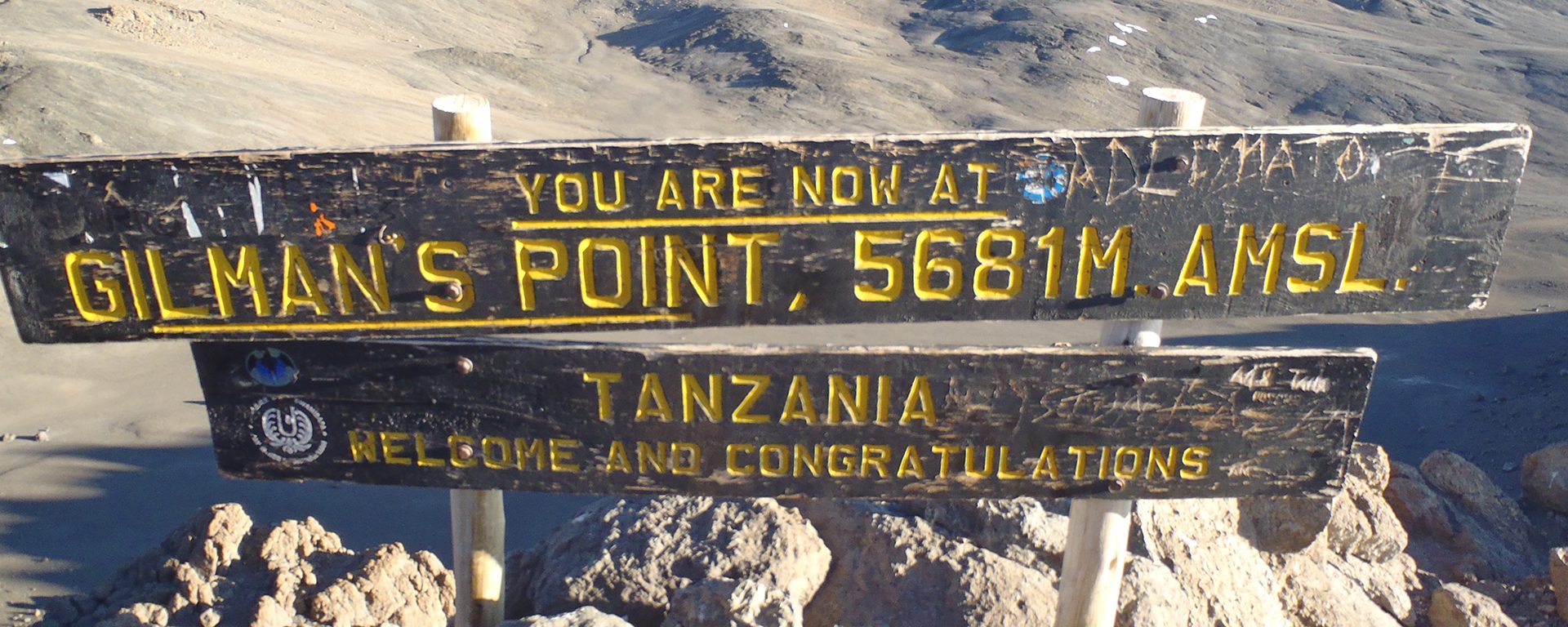
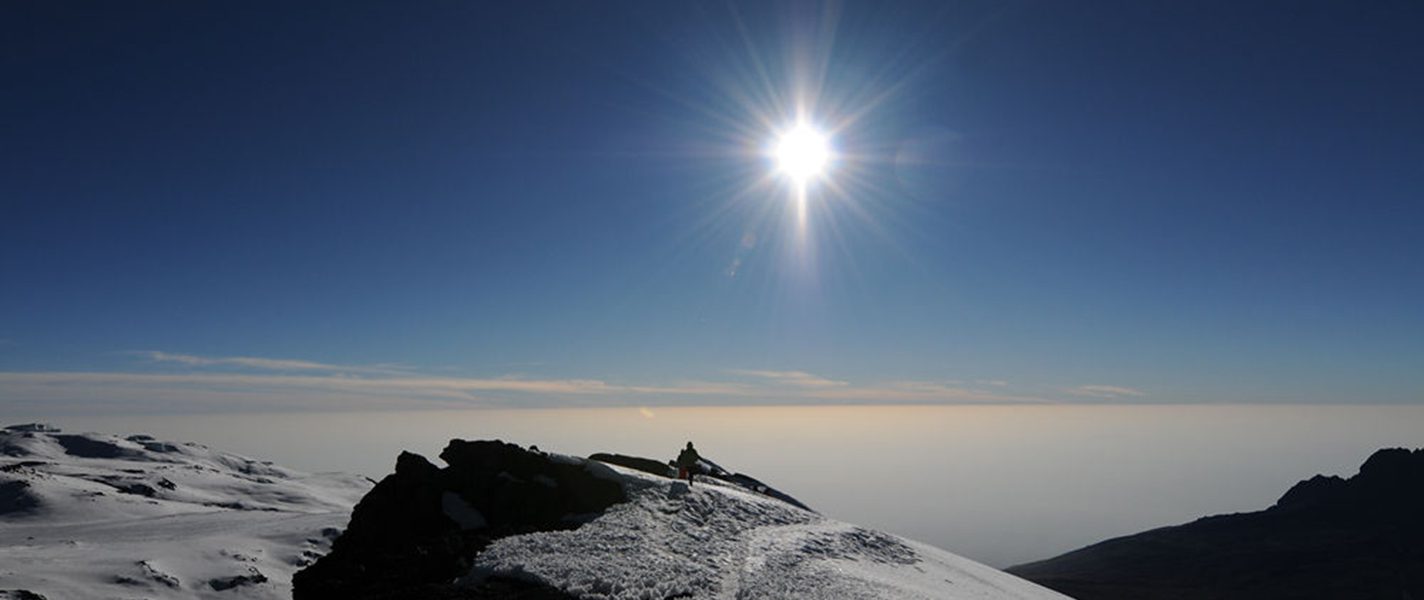
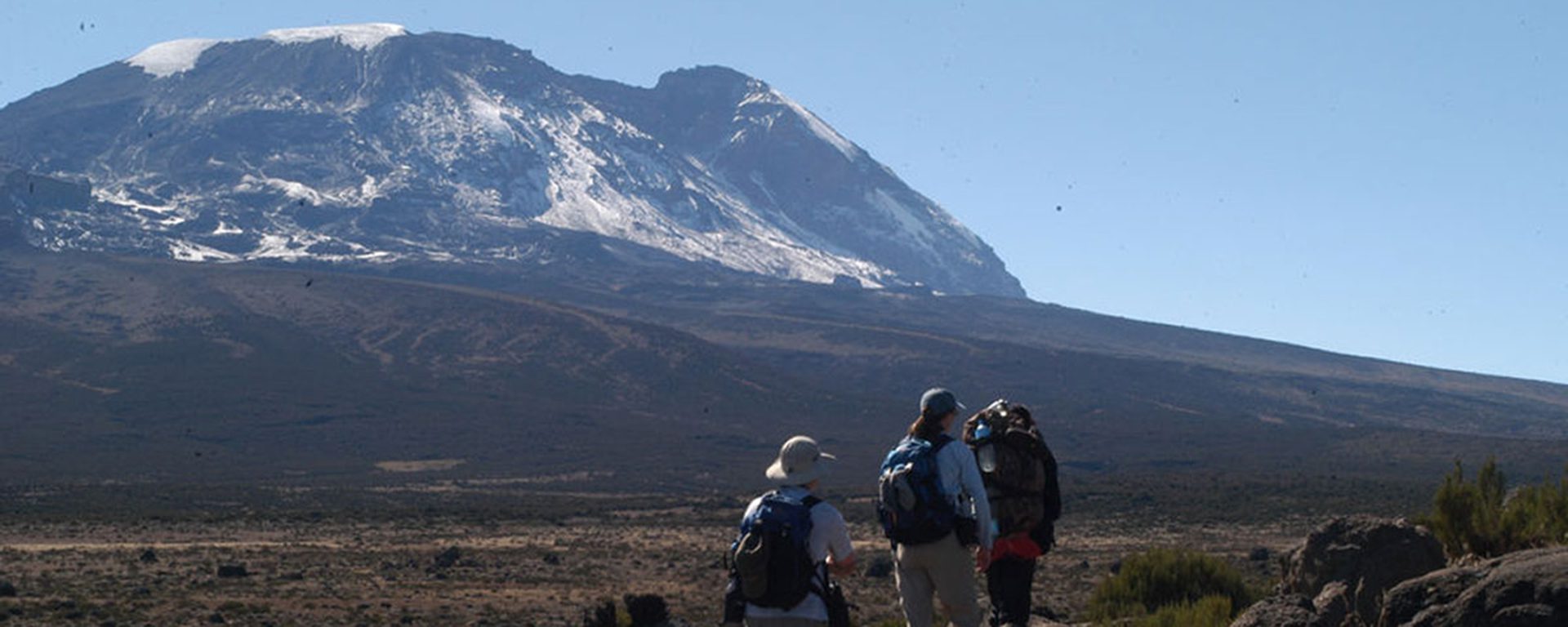
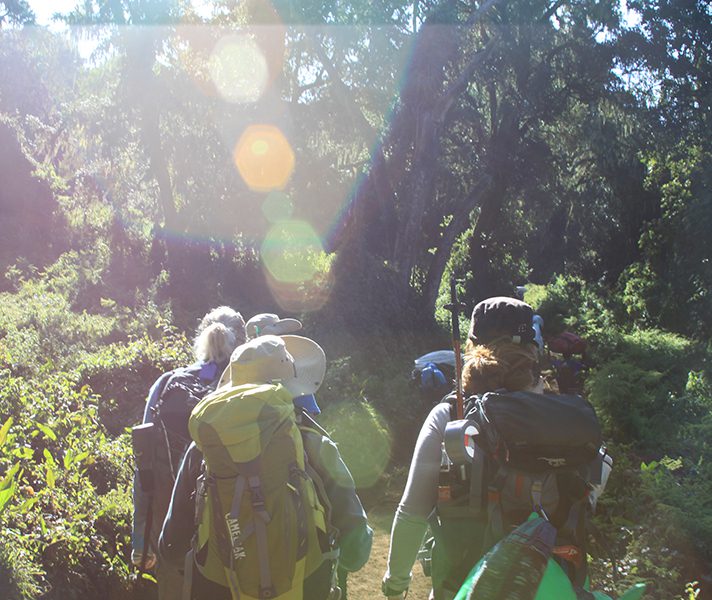
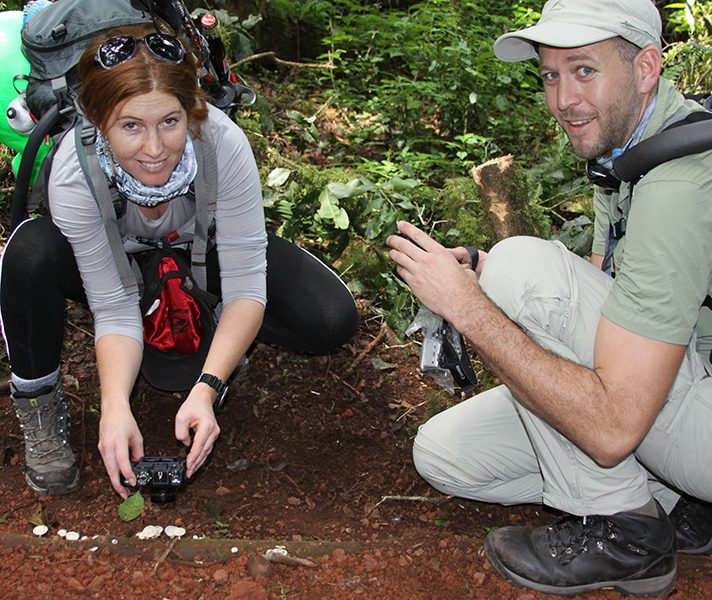
1. Drink Water
This may get a ‘duh’ from the teenagers but I can’t stress enough how important it is to stay hydrated. Your trek starts off in a humid jungle (look out for mesmerising colobus monkeys and exquisite wildflowers) and so you sweat a lot. As you get higher, you sweat less but the air gets much drier. Plus, anti-altitude sickness medications are often diuretics meaning frequent trips to rather ramshackle outhouses or the nearest bush (pack hand sanitiser and wet wipes in your daypack). Dehydration is a major cause of altitude sickness on summit night: ensure that your CamelBak or water bottle is completely insulated from the cold (usually by a thick rubber pouch and tube) so that your water doesn’t freeze in the sub-zero conditions. I was severely dehydrated because I thought that my frequent loo breaks meant I was drinking sufficient water; in fact, it was my altitude sickness pills flushing every spare droplet of water out of my system.
Did you know? Another symptom of altitude sickness – which I thankfully didn’t have – is diarrhoea. If you suffer from a severely upset stomach, you’ll also be dehydrated. Our chief guide, Thomas, in addition to reminding us to ‘go pole, pole‘ (slowly, slowly) also had the regular mantra of ‘sip, sip’ to alert us to drink water. It’s a good one to adopt.
2. Take a Hiking Partner
No-one climbs Kili alone. While the West stresses ‘independence’ and ‘individualism’, Kili is the one place where you’d do well to remember the African proverb: ‘If you want to go fast, go alone. If you want to go far, go together’. The altitude will prevent even the fittest person from going fast – above 4 000m / 13 000ft every step takes more and more effort – so you may as well go together and go far.
Your guides have climbed Kili many, many, many times. Milton told me that he ‘lost count after 300 summits’. Not only do they know the mountain but they know people, too. He could see when I was taking strain and coaxed me up to Gilman’s Point with the following painstaking method: he’d stand a few steps away from me, say ‘Come ouma (granny)’ and make me walk to him where he’d wipe my nose, rub my hands and back warm, give me a sip of water and feed me a sweetie. Bear in mind that he was at the same altitude, in the same cold and with less sophisticated clothing than me. In fact, when we got to Gilman’s, he lit a cigarette so casually he looked like ‘the Camel Man’ of Kili, while I panted for breath and couldn’t believe I was sitting on the roof of Africa.
If your backpack is too heavy on summit night, ask a guide to help you. They’re there to help. Don’t be a hero – if you insist on ‘doing things your way’ against the advice of your guide and do get hurt, medical assistance is a long way away (you’ll get strapped to an old-fashioned luggage cart used by rail porters and run down: it’s a bumpy ride as the suspension is non-existent).
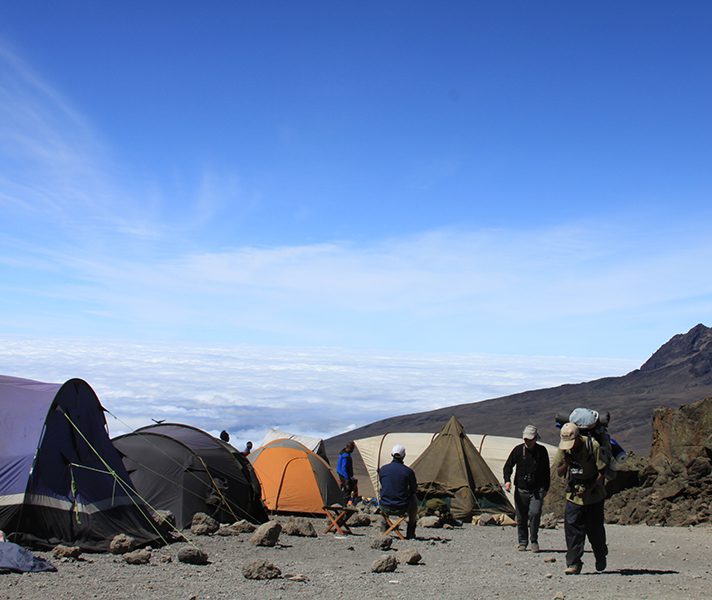
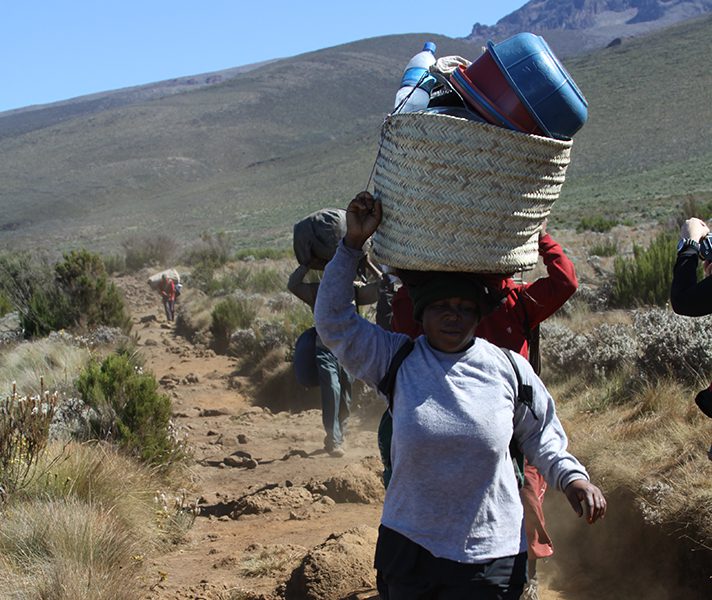
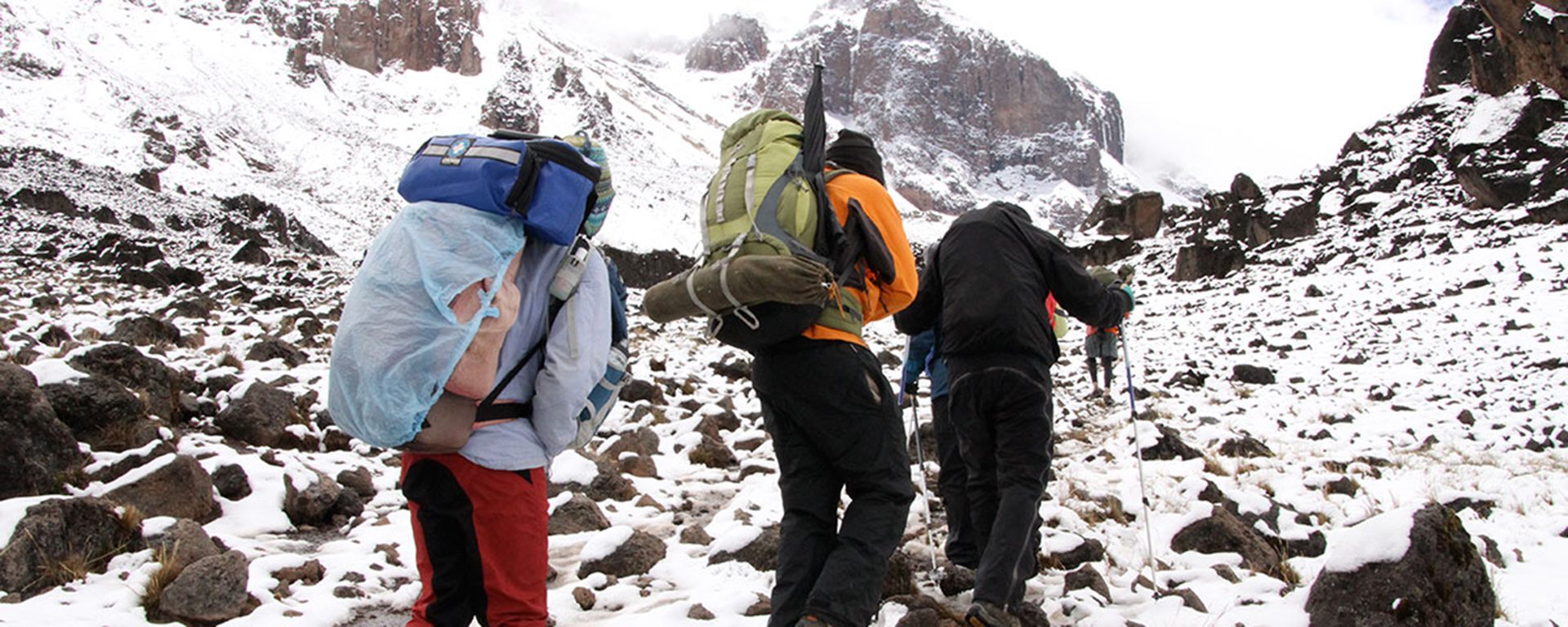
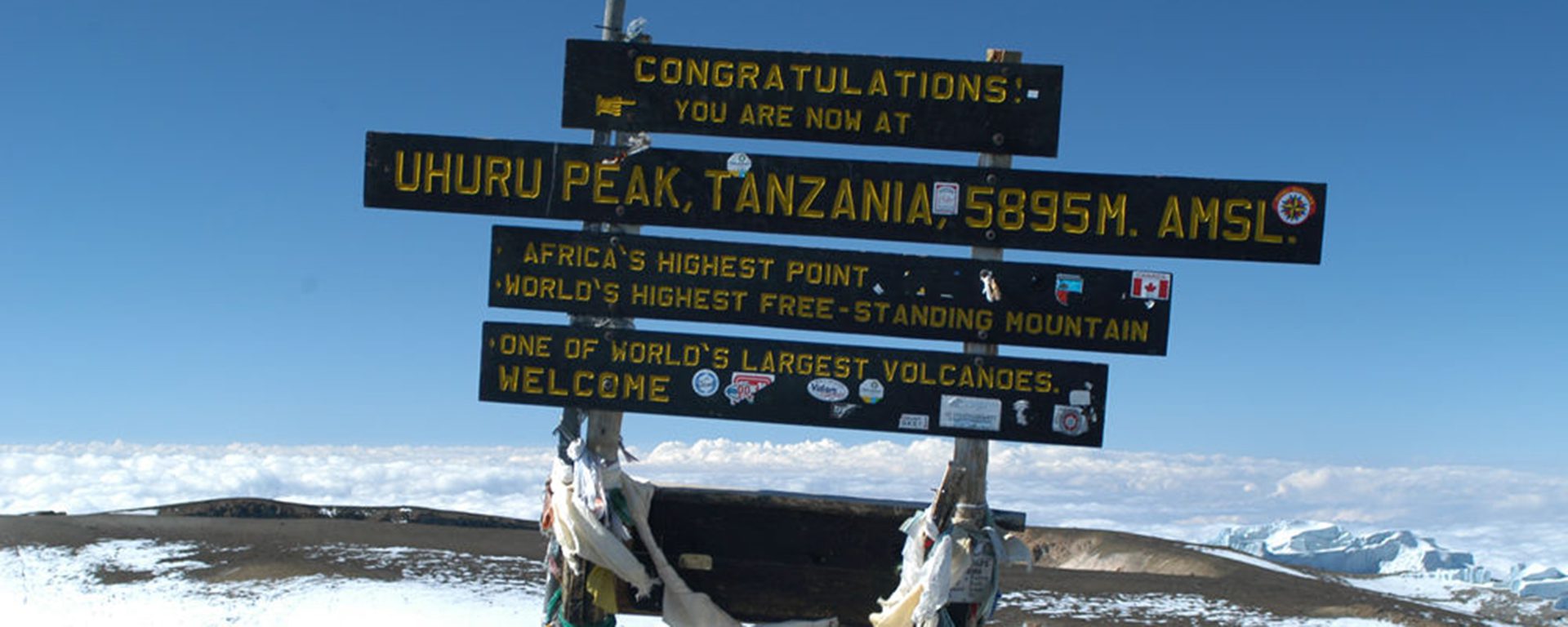
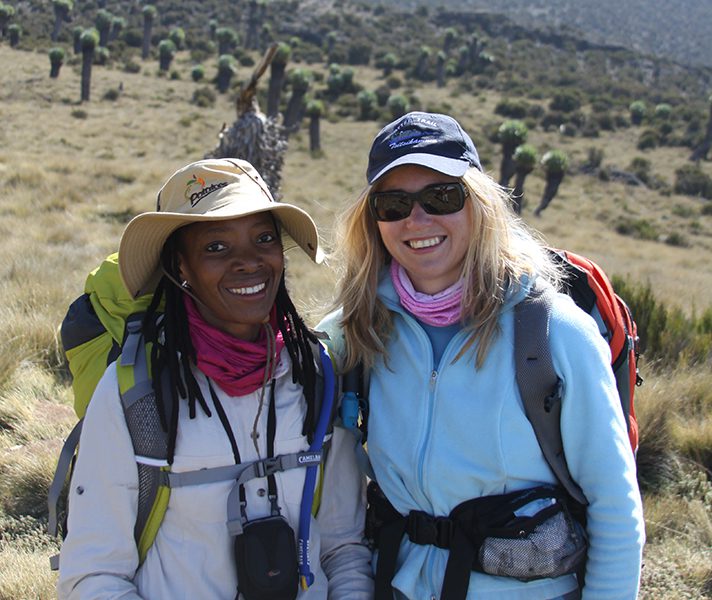
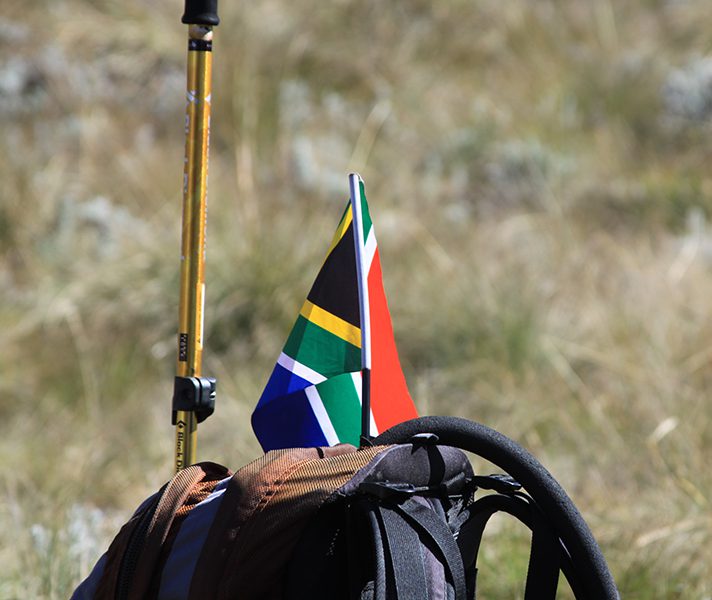
3. Take anti-altitude medication
Ask your GP to prescribe anti-altitude sickness medication. Even the fittest person benefits from its ability to make your blood absorb more oxygen, the most precious resource on the mountain. I saw a 22-year-old professional skier who lives and works at a reasonable altitude year-round not make it above 4 500m / 14 700ft. Thomas took our blood pressure every morning to ensure that it was stable and not fluctuating.
Top Tip: A lot of Kili climbers fly to Zanzibar for a week to get some R&R&R: rest, relaxation and recuperation after the physical stresses of the climb. If this is your plan and you want to go scuba diving off the island, tell your GP or travel clinic as it may affect the medication he or she prescribes for you.
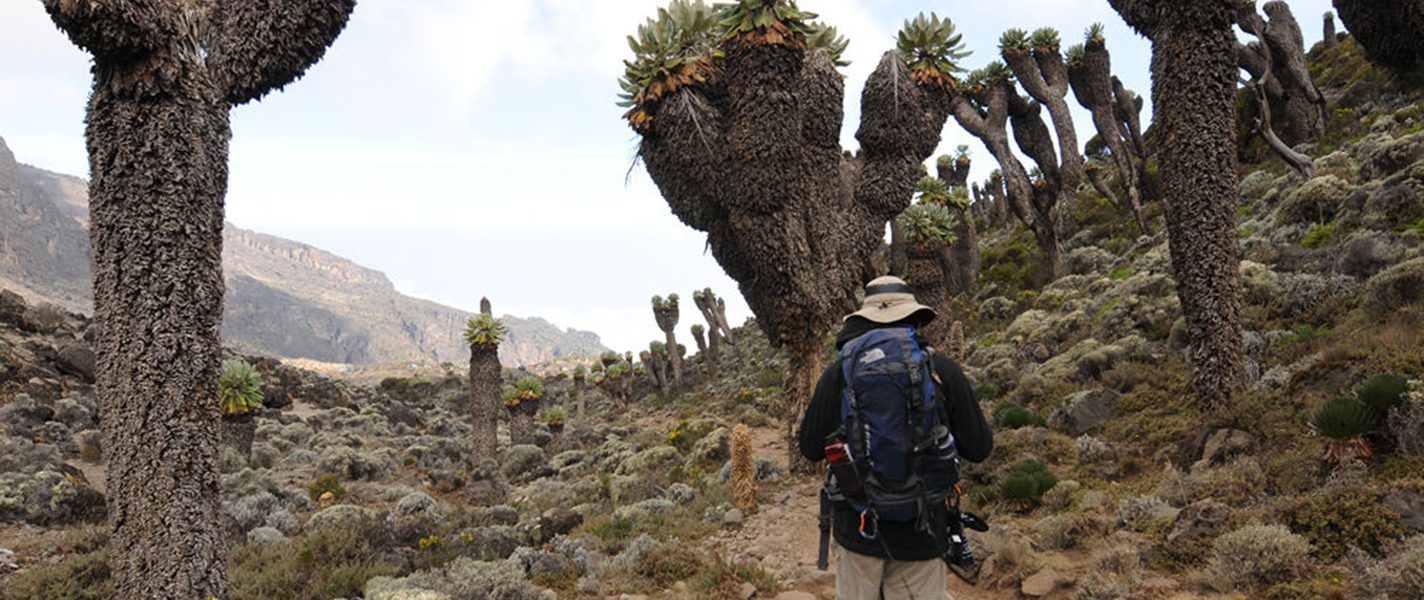
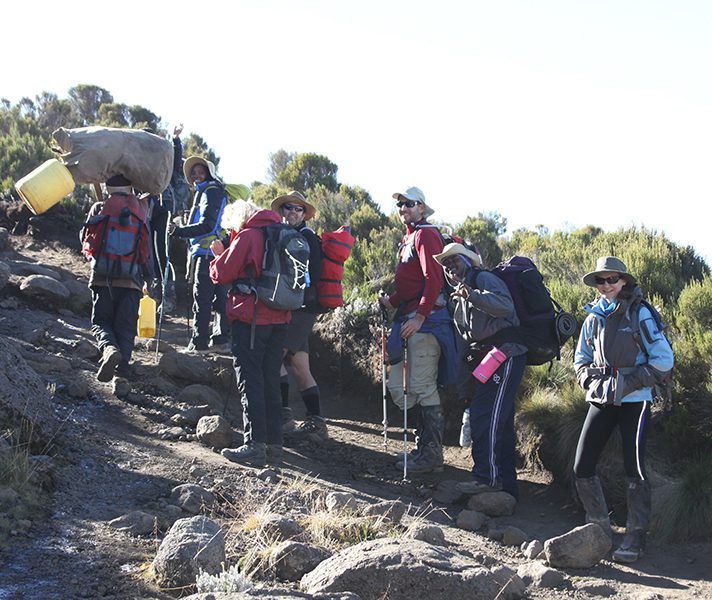
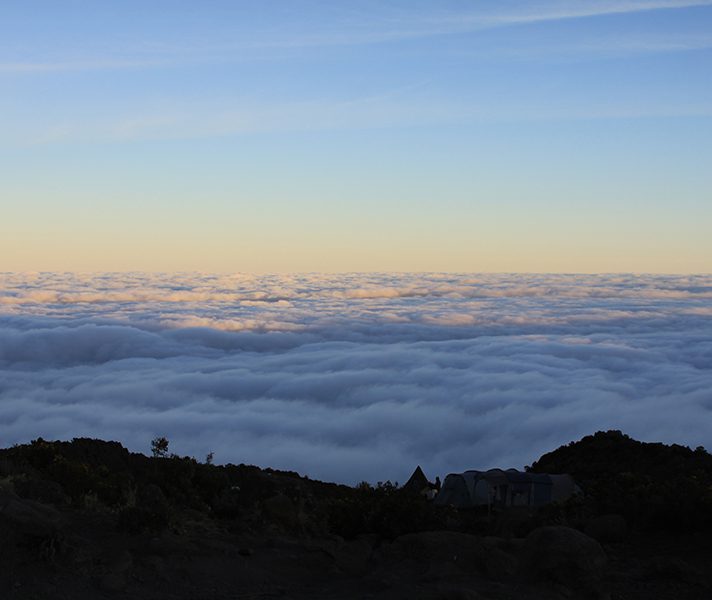
4. Eat
Cue another round of ‘duh’ from the teenagers. Many hikers lose their appetites, get tummy trouble or just don’t fancy what’s on offer (the higher you go, the colder it gets and it may be nigh impossible to keep your food warm in the short walk from the kitchen to the communal dining hall on the Marangu route – so get used to cold food!).
We had an amazing chef in our crew who also whipped up properly packed lunches (every egg, grain of rice, plate, pot and pan is carted up and down the mountain by a team of porters, many of whom run in basic footwear with baggage balanced on their shoulders). If you’re a very picky eater, stash some of your non-perishable favourites in your main pack: biscuits, Pringles, dried fruit, beef jerky, nuts, candy, crackers, salami or nougat. Eating is critical for both physical strength and mental morale – we all had daypacks stashed with treats and it was fun to nibble them and share the goodies en route. Trail mix is always a favourite – consider a mixture of cashews, raisins and peanuts.
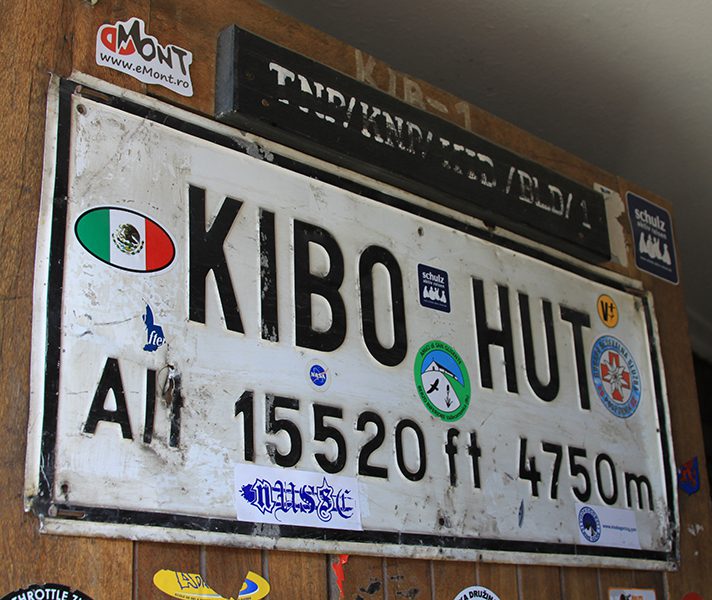
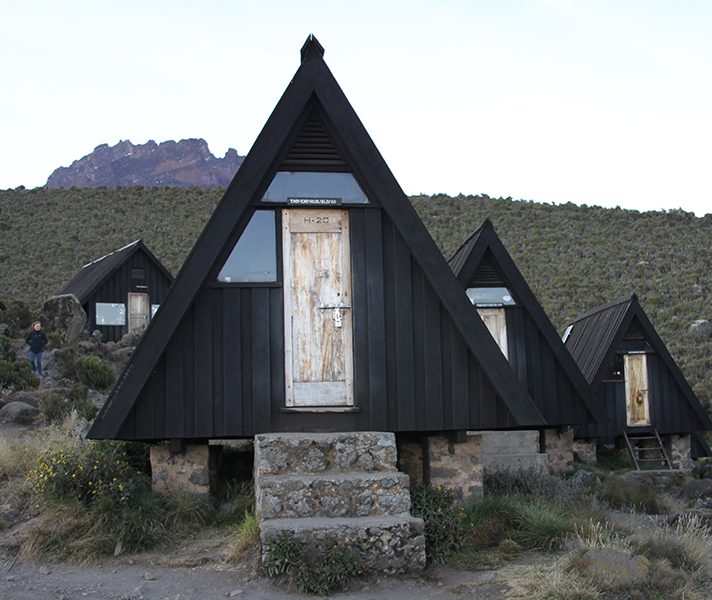
5. Get your head right
These are a couple of things you may experience on Kili: no showers, no hot water, extremely basic toilet facilities that have to cope with many climbers experiencing vomiting or diarrhoea, sleeping in a dorm or tent, extreme heat or cold, bugs, snoring dorm mates, powdered milk, no Starbucks… Then there’s the nervous anticipation of summit night, not to mention the effects of the altitude.
Conquering Kili is probably more about sheer willpower and a great attitude than anything else. On the same trek that I saw a 22-year-old skier fail to summit, I saw a 70-plus woman make it to the top with no problem. Her advice? ‘Don’t wait until you’re over 70!’ Mental fitness goes hand in glove with physical fitness for a successful climb.
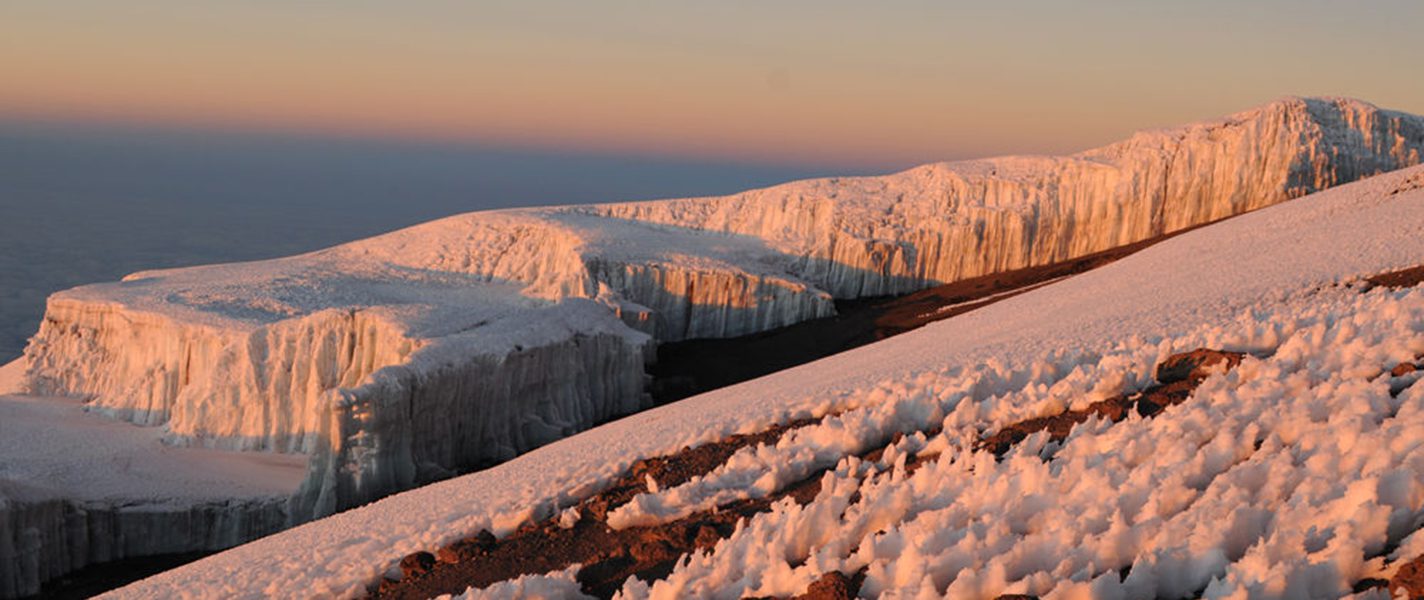
After reading this, you may be thinking, ‘Gosh, Kili sounds awful‘. I promise you: it is an amazing experience and one you will never forget. I’ve flown over an erupting volcano in Hawaii, done the highest bridge swing in the world, been metres from a breaching whale and her calf – climbing Kili trumps them all. The landscape, the people, the disbelief that you and only a handful of other people are on the highest peak in Africa at that very moment… it’s an exhilarating, unforgettable experience. Time your summit night with the glory of a full moon and your journey takes on a soulful element (plus, on a practical note, the moon is so bright you can switch off your headlamp once you’re above the cloud line!).
If you’re keen to walk to the the climber’s mantra – Pole, pole, sip, sip! – then check out our Kili tours and safaris here.
